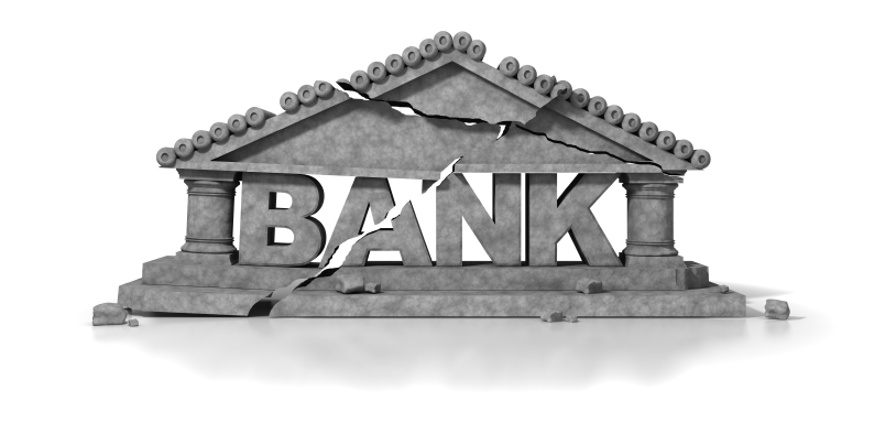Housing Starts Jump In October!
Not only did housing starts break their downward trend for the year, but there was a significant increase, the strongest since 2007. Owner-occupied housing starts increased 25.5% in October, or an estimate of 1.32 million starts. This is up 23.3% from last year’s 1.07 starts. This is the largest month-to-month increase in more than 30 years. Millennials are receiving the credit for this as they move out of their parent’s homes and rental units. This also reflects improved employment and income prospects.










